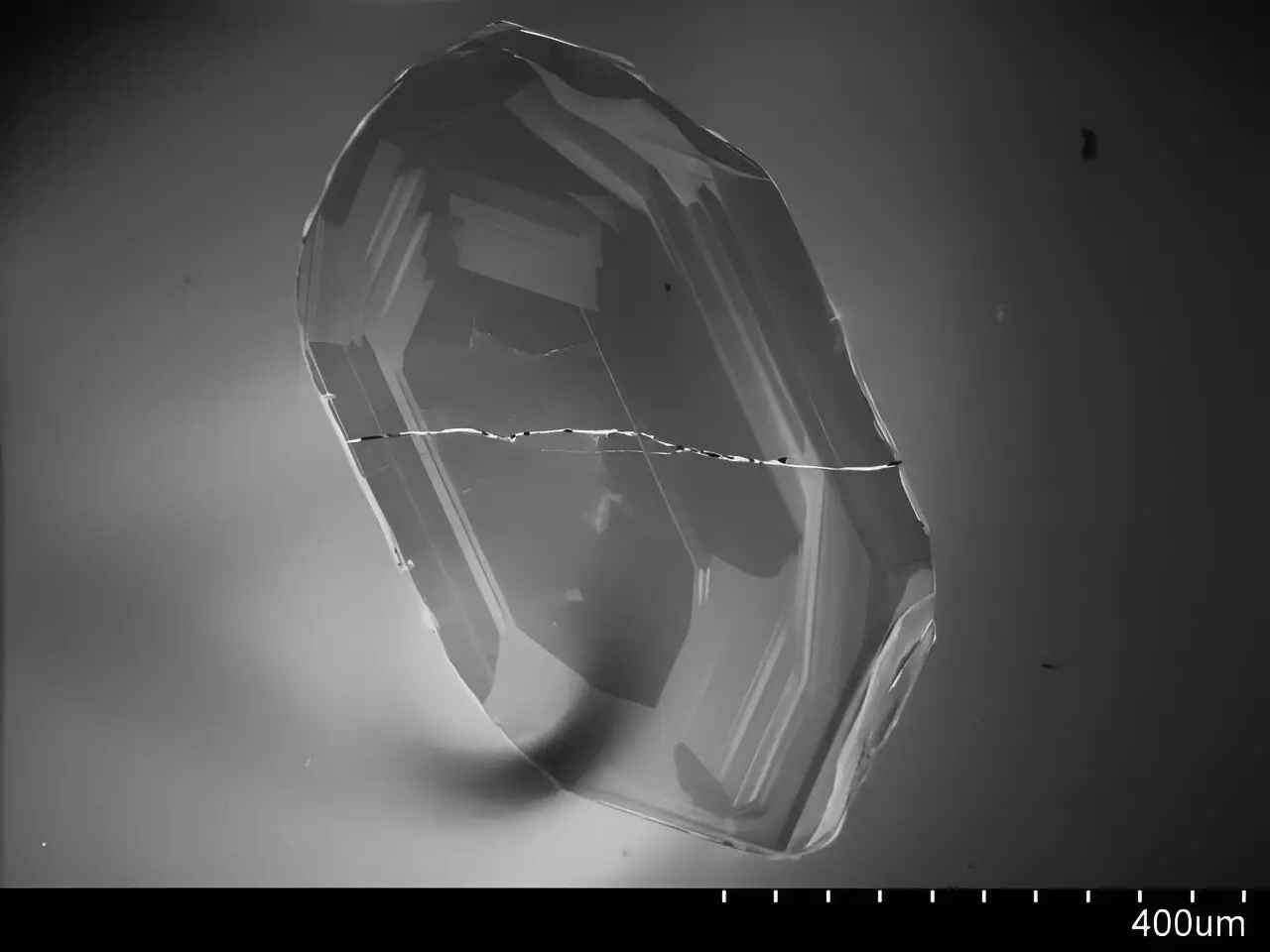Recent research has dramatically shifted our understanding of plate tectonics in the early Earth, revealing that the dynamic processes we observe today may have their roots as far back as four billion years ago. A team of researchers, led by Emily Mixon from the University of Wisconsin–Madison, published their findings in the esteemed Proceedings of the National Academy of Sciences, providing a fresh lens through which to view the planet’s geological history.
The study centers around the mineral zircon, which offers a glimpse into the Earth’s crust from a time when it was still forming. The researchers meticulously examined zircons from two of the earliest known crustal formations: the Saglek-Hebron Complex and the Acasta Gneiss Complex. These formations are dated between 2.7 to 4.0 billion years old and are pivotal for understanding the nature of existing geological processes.
Historically, geology has posited that plate tectonics evolved linearly over time, shifting from simpler processes of crust formation to complex interactions between tectonic plates. This study challenges that notion, suggesting that instead of a gradual evolution toward modern tectonic behavior, diverse tectonic styles operated concurrently in the early Earth. This simultaneous activity may mirror the variety we observe in current tectonic processes, where multiple types of crustal interactions happen side by side.
The researchers highlighted that the continual destruction and recycling of crustal materials due to tectonic movements not only reshapes the Earth’s surface but also plays a critical role in regulating essential elements like carbon and water. This is significant for understanding Earth’s habitability and the evolution of life. While prior theories underscored a straightforward progression toward our current tectonic framework, this new evidence indicates a more intricate interplay of forces in the geological past.
Zircons are not just common minerals; they are resilient time capsules that withstand the test of geological time. By analyzing these minerals, the researchers gleaned insights into the environmental conditions present during their formation. The findings suggest a complex tapestry of interactions among crustal formations, pushing against, pulling apart, and otherwise engaging in a chaotic dance that has long shaped our planet.
This research is not merely an academic exercise; it holds the potential to inform our understanding of tectonic processes on other celestial bodies. As Mixon emphasized, comprehending the early dynamics of Earth’s plate movements may help scientists predict the geological behavior of exoplanets that could sustain life.
This groundbreaking study paves the way for further investigation into the nature of plate tectonics both on Earth and beyond. Understanding the mechanisms that have underpinned geological change over billions of years is crucial for unlocking the mysteries of planetary development. It raises intriguing questions about the origins of tectonic processes that will guide future explorations of other potentially habitable worlds.
As we gain clearer insights into the ancient dynamics of our planet, we refine our ability to appreciate Earth’s unique characteristics and prepare to search for life elsewhere in the universe. Thus, the study not only enhances our geological understanding but also expands the horizon for astrobiological inquiries, fostering a deeper appreciation for the complex intricacies of our planet’s history.


Leave a Reply